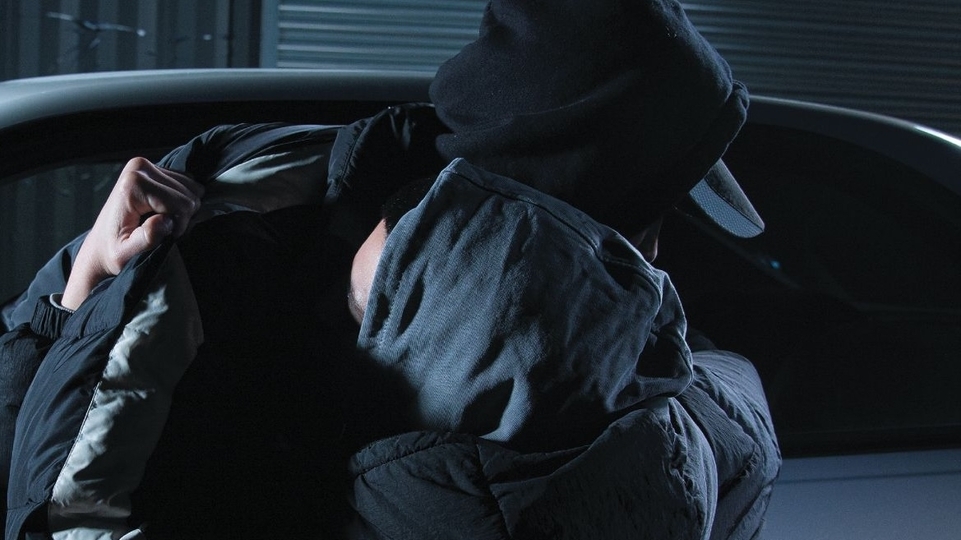
10 essential grime documentaries to watch online now
Grime emerged from the council estates of East London over two decades ago, evolving out of pirate radio stations as jungle and UK garage fractured into new structures. It has since grown into an unstoppable cultural force, asserting its dominance on the charts and claiming headline bookings on the world’s biggest festival stages. Whilst there are a vast amount of resources covering its profound influence and evolution, these 10 documentaries aim to narrate the story of grime music, and chart the history of one of this country’s most crucial foundational genres
Since emerging from the council estates of East London over two decades ago, grime has grown into an unstoppable cultural force, asserting its dominance on the charts and claiming headline bookings on the world’s biggest festival stages, whilst remaining a mainstay of underground independent radio.
As a part of the lineage of Jamaican sound system culture, grime evolved on London pirate radio as jungle and UK garage fractured into new structures, providing a platform for the voice of a generation of young Londoners who were unheard and felt excluded. In contrast to the aspirational lyrics of UK garage MCs, artists like So Solid Crew ushered in a new, darker sound that resonated with the disenfranchised youth that couldn’t afford designer clothing and champagne. The lyrics adopted a grittier tone, reflecting the harsh realities of inner-city life, while the beats grew darker and sparser as the sound developed, transmitted from London tower blocks.
With its original artists often making music on cracked production software, and Music 2000 on the PlayStation 1 acting as a stepping stone to some becoming international superstars, grime is a DIY success story. As a musical movement in the pre-social media era, one of the main methods of promoting the genre was through underground DVDs sold at record shops, independently released by amateur filmmakers. While some may loosely be classified as documentaries, they serve as important cultural reference points, documenting the evolution of a sound at a time before anyone even knew what to call it. YouTube emerged as a crucial platform in grime’s development, eliminating barriers to entry and giving rise to channels like SBTV that showcased unfiltered videos featuring young emcees performing in their authentic social environments.
The endeavours of early grime pioneers not only resulted in chart success and political change, but also laid the groundwork for subsequent genres to follow, including the rise of UK rap and drill. The narrative of grime isn’t without its hurdles though. For years the artists connected to the sound faced scrutiny, and were demonised by the press, as well as being subjected to discriminatory policing. These are all topics explored in some of the documentaries on this list.
Whilst there are a vast amount of resources covering its profound influence and evolution, these 10 documentaries aim to narrate the story of over two decades of grime music, and chart the history of one of our country’s most crucial foundational genres.

In the pre-YouTube era, Practice Hours played a significant part in putting faces to the names of the artists on pirate radio that were shaping the expanding scene. Conceived by Troy “A Plus” Miller, one of Rinse FM’s original DJs, he is granted unfiltered access to interview all the early players through the merit of being an active participant within the community. As a sign of their enduring legacy, freestyles from the documentary from the likes of Meridian Crew are still being repurposed by producers on TikTok today.
Littered throughout the DVD is fly-on-the-wall footage of a pirate radio set on Deja Vu 92.3. For the uninitiated, you’re forced to catch up quickly as you’re thrown into the middle of the studio with no commentary, yet it offers an authentic perspective into the dynamics of a grime set not previously accessible from the comfort of tuning into your radio at home. You witness all the politics, weed smoke, and the approving gun fingers, but, most importantly, the competitive spirit of the scene through the legendary clash between Wiley and Lethal B.
Whilst it is a collection of loosely connected interviews and footage, Practice Hours is a great cultural marker to see how far the music, slang, and fashion has evolved.

The second instalment of possibly the most legendary grime DVD series of all time presents a perfect blend of interviews and freestyles united by the nostalgic aesthetic of 2000s amateur editing.
Rooney Keefe, otherwise known as Risky Roadz, has been involved in a number of documentaries on this list, and for good reason. Along with the efforts of A Plus with Practice Hours and Jammer’s Lord of the Decks, the Risky Roadz series not only helped put faces to the voices of MCs heard on radio and records, but also highlighted their personas.
Keefe’s personable interviewing technique draws out the lighthearted side of artists, who are typically associated with dark and aggressive music. This approach offers an irreverent perspective on a scene often unfairly stigmatised by negative connotations.
Importantly, the DVD served as a medium to visually showcase raw talent that was traditionally experienced solely through audio. For example, Ghetts — or Ghetto as he was known at the time — delivered an unforgettable grime freestyle that was furiously shared amongst fans, in turn catapulting his career to wider recognition. Risky Roadz played a pivotal role in defining the visual style of grime music, and artists continue to call upon him for their videos through to present day.
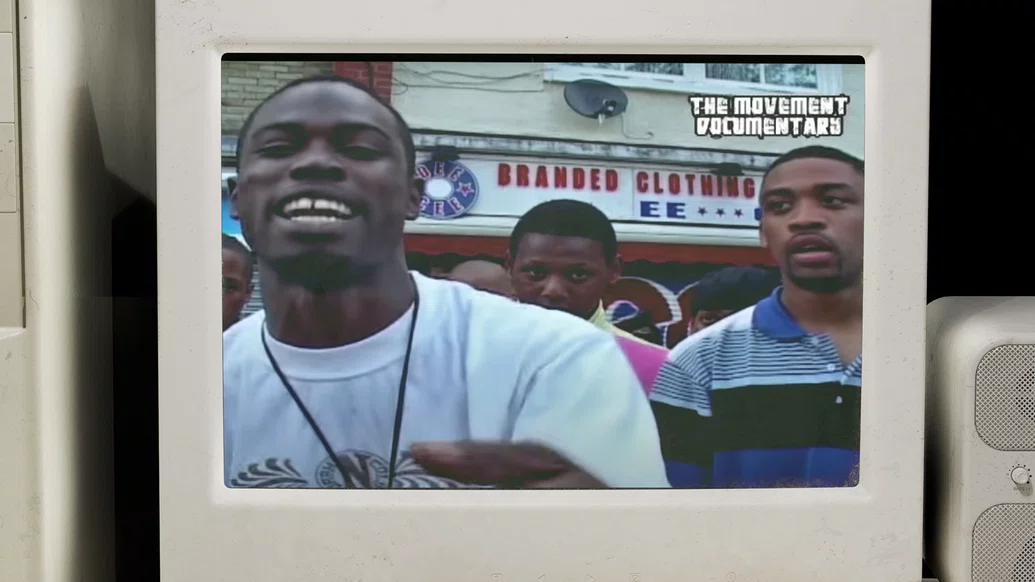
A documentary with a more focused subject, this time following one of grime’s most respected collectives: The Movement. Over the course of three hours, pioneering filmmaker Risky Roadz documents the lives and careers of lyrical heavy hitters Ghetts, Devlin, Scorcher, Wretch 32, Mercston and Lightnin. It’s a great insight into the inner workings of a crew; an integral dynamic of the grime scene that still resonates in contemporary music, notably in UK drill.
Glimpses into studio sessions for acclaimed mixtapes like Devlin’s ‘Tales From The Crypt’ and Ghetts’ ‘Ghetto Gospel’ offer a behind the scenes look at the modest recording process of independent grime artists at the time. The documentary is an inspiring retrospective, considering that many of The Movement’s members remain relevant names in the UK music scene, showcasing a time before they achieved mainstream recognition.
Over the course of its mammoth run time, a number of recognisable faces also make an appearance. From grime artists such as Ruff Sqwad, to rappers like Giggs, and even mainstream artists such as Plan B and Rick Ross, the documentary encapsulates a period when this part of the UK scene was truly finding an independent footing.
If you haven’t seen this documentary before, chances are you’re already familiar with the freestyle featuring Boy Better Know that has gone down in the annals of grime as one of the greatest ever.
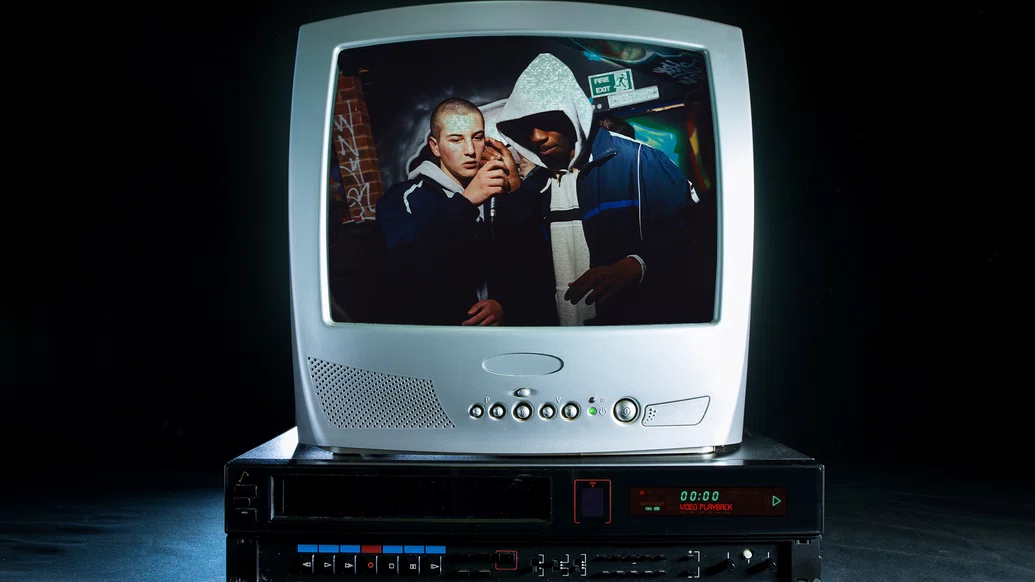
A double bill of Ewen Spencer directed grime documentaries, both equally worth watching together as companion pieces. Providing a comprehensive overview of the genre as a whole, they serve as an excellent introduction to grime for those who may not be overly familiar with the sound and its history.
Music Nation: Open Mic delves into the evolution of grime, tracing its roots from tower blocks and youth centres to the renaissance it underwent in the early 2010s. Recognisable faces like D Double E, Kano and Devlin make appearances, sharing their perspectives on the genre’s inception. The origin of the term “grime” is also discussed, with some of the artists stressing how the music they were making went without a name for a significant period. Other themes, such as the importance of cracked production software removing financial barriers of making music, and grime’s rocky relationship with the police, are also explored.
With the director an expert on youth culture, and someone who was present at the start of the scene, camera in hand, Spencer places a slight visual emphasis on the fashion and style of grime through classic footage — alongside his own incredible photography.
At a compact 23 minutes, Music Nation: Open Mic is followed by the worthy successor, 8 Bar: The Evolution of Grime (that you can watch here), which delves deeper into many of the themes covered in the former.
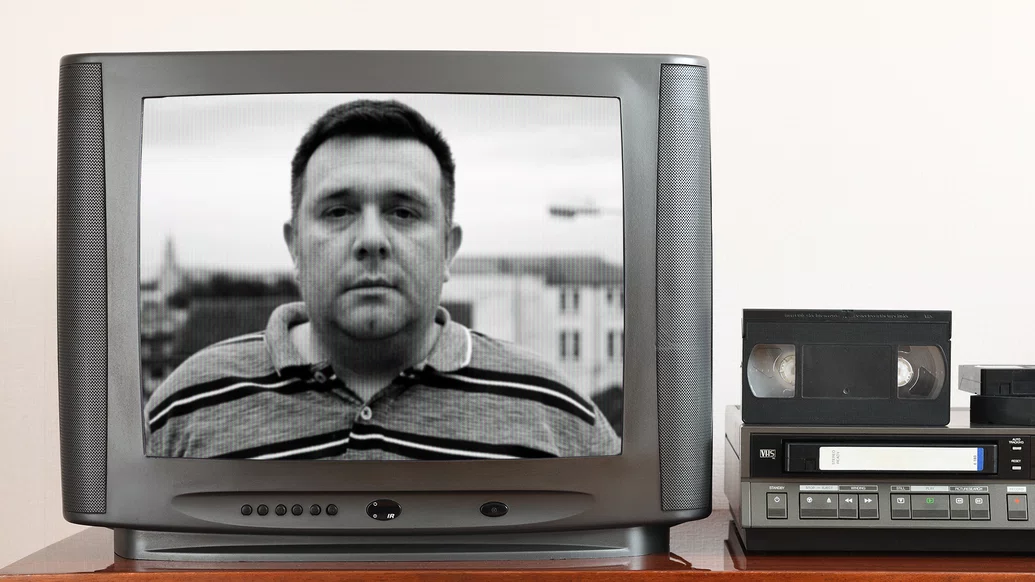
Slimzee’s Going On Terrible is an honest look at the career of DJ Slimzee, one of the most influential British DJs of the 21st century, whilst also serving as a great exploration of dubplate culture and its importance within grime.
Testimonies from prominent producers explain how Slimzee’s forward-thinking approach and discerning ear for experimental music not only provided it with a platform, but also ensured its commercial success upon release in record shops. At one point, Slimzee proudly displays his gold plaque for his contribution to the sales of Dizzee Rascal’s ‘Boy In Da Corner’, earned for his role in spinning ‘I Luv U’ on dubplate.
As the co-founder of the seminal pirate radio station Rinse FM, he recounts an incident where he was caught setting up a rig in a tower block that landed him with an ASBO (Anti-Social Behaviour Order), considered the first of its kind, restricting him from venturing above the fifth floor in any building or face imprisonment. Slimzee candidly shares the personal struggle that ensued from the loss of his passion and highlights the lack of support he received to continue it legally.
Fortunately, the documentary also shows his cross generational influence, with Slimzee remaining an instrumental figure in the continual development of the sound.

This investigation into the controversial police risk assessment procedure, Form 696, and how it affected the UK grime scene, sees Noisey work with grime MC, JME. The documentary brings to light the legal challenges faced by promoters behind the scenes, where the police had the authority to cancel events without warning or explanation.
JME, a tee-total and vegan artist known for lyrics centred around video game references rather than violence, serves as a fitting representative for the grime scene when dealing with the issues in this documentary. Through interviews with promoters and artists such as Jammer, Logan Sama, and Big Narstie, it becomes evident that show cancellations were detrimentally impacting people’s livelihoods, leading to a knock on effect with clubs being hesitant to risk potential police shutdowns of their events.
Discussions with lawyers and journalists also prompt an exploration into whether it was inherently discriminatory, delving into the intrusive line of questioning featured on the form itself. The procedure was scrapped following a review by the Met Police into its usage, but many venues accuse them of continuing racial profiling and censorship. The Police vs Grime Music is an eye-opening — and often jaw-dropping — exploration of the legal obstacles the grime scene has been forced to confront, and the issues raised persist today, as seen in the policing of UK drill and rap shows.
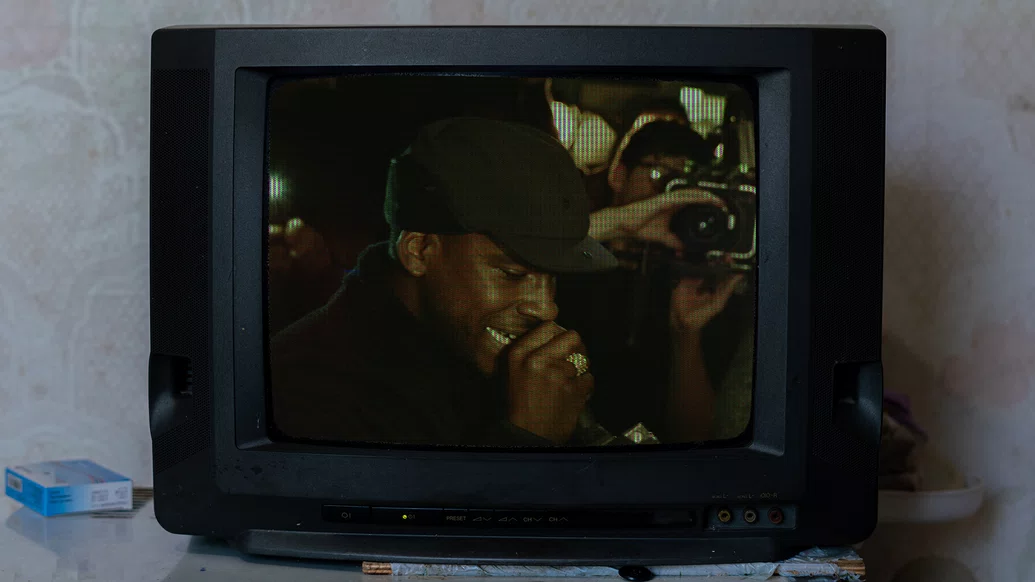
Pirate Mentality is a documentary presented by Boy Better Know’s Frisco and filmmaker Risky Roadz, exploring the significant influence of pirate radio in shaping the development of the genre. Through interviews with grime scene veterans like Kano and JME, it becomes evident that pirate radio served as a training ground for young artists to experiment with new lyrics and gain feedback from listeners texting and calling the studio phone line number — in an era before social media.
Shared anecdotes highlight the risks these artists took to be on the airwaves, with Tinchy Stryder recalling a notable incident at Heat FM where he was bitten by a Staffordshire Bull Terrier while on the mic. Remarkably, he carried on with his set, noting that the experience prepared him to tackle the commercial side of the industry and overcome setbacks in his career.
The documentary also crucially highlights unsung heroes like Geeneus, Slimzee, and D Power Diesle, who risked their lives setting up aerials to keep cultural incubators like Deja Vu and Rinse FM operational. These stations, free from the constraints of national radio censorship, provided an unfiltered platform for grime to develop.
The documentary closes with some of the scene’s biggest stars reenacting a classic radio set in the former location of Rhythm Division, a grime landmark lost to gentrification.

The “Godfather of British rap”, Rodney P, delves into the journey of grime, tracing its rise from the London council estates to being “the most important British musical movement since punk”. This documentary serves as a valuable resource for understanding how the foundational roots of grime are deeply embedded in sound system culture.
Beats Bass & Bars contextualises grime within a wider social narrative, framing it as part of the lineage of reggae sound systems introduced to the UK by the Windrush Generation. The documentary draws parallels between the two genres, with both using the DJ and MC format as artistic expressions of identity and serving as social commentary on the hardships faced by the community. It also traces the evolution of accents and vernaculars, highlighting pioneering acts like Smiley Culture, who blended patois with cockney dialect, and London Posse, who popularised rapping in their native London accents.
Through interviews with key figureheads, grime's development is outlined as a response to the decline of jungle music and a rejection of the champagne-popping optimism of Blair's Cool Britannia era, which UK garage represented. Acts such as So Solid Crew are credited with popularising a grittier sound that resonated with a corner of London less connected to the aspirational lyrics of typical garage MCs. If you’ve ever wondered about grime's musical influences and formation, this film will provide an in depth explanation.
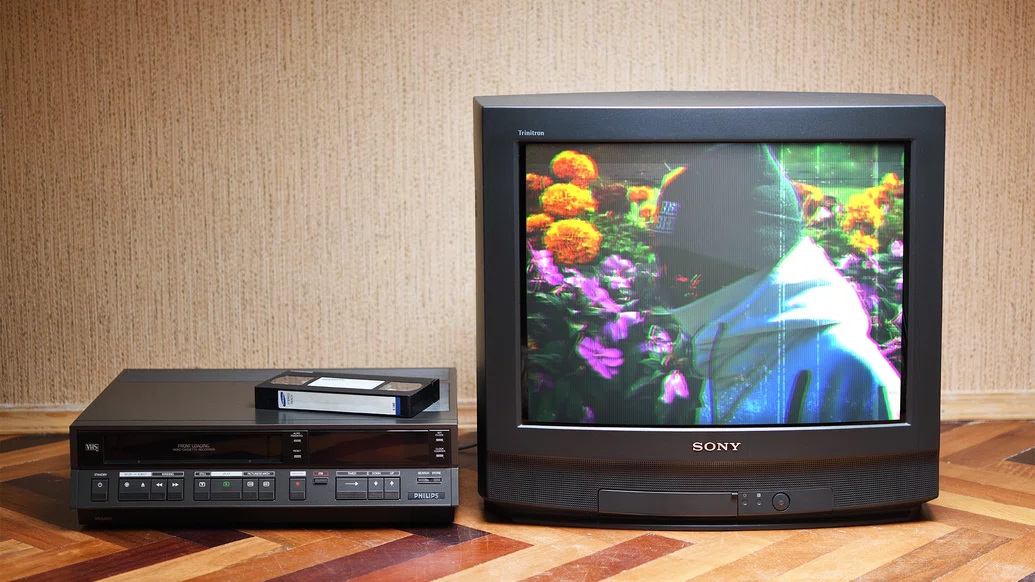
An extremely well put together video essay that explores the narrative of grime through a celebration of one of the genre’s most unique figures: Flirta D. Youtuber Timbah.On.Toast underscores how the nature of pirate radio meant MCs were constrained to make a quick impression on the mic before passing it to the next person, which affected their lyric writing process. The distinction is drawn between hip-hop artists writing for cohesive projects and grime MCs preparing bars meant to be heard out of context, set against any instrumental the DJ chooses. The Guy That Makes Noises ultimately concludes that this environment fosters experimentation and encourages the emergence of distinctive MCing styles.
This provides context for a detailed exploration of Flirta D’s career, celebrating his distinctive and unconventional vocal style: a combination of guttural sounds, video game SFX, and imitation of old-school garage vocals. Flirta D’s many quirks are used to highlight the tongue-in-cheek essence of the grime scene, an overlooked facet that’s integral to its charm. It not only appreciates Flirta D’s uniqueness, but also serves as a valuable resource for understanding various aspects of MCing in grime, including reload culture, which can initally be puzzling for the uninitiated.

Link Up TV commemorates Channel U, a seminal grime and UK rap TV station often hailed as the “epicentre of Black youth culture”, and showcases its role in propelling the UK grime scene into mainstream prominence. The documentary establishes how Channel U’s DIY ethos broke down the barriers to entry for a career in music, empowering artists to create their own videos on shoestring budgets and have them played on national TV, helping define the visual aesthetic of the 2000s grime scene. It became one of the few authentic representations of Black British culture in the media through its democratisation of amateur music videos before YouTube, providing unsigned talent a platform they couldn’t find on mainstream channels dominated by high-budget American productions.
To emphasise its impact, the documentary features testimonials from numerous talents, including N Dubz, Lethal B, and Nolay, who attest to the channel’s significant contribution in launching their careers. There are household names but also appearances from a number of Channel U stars who didn’t pursue music, providing a rare opportunity to hear the stories behind some of the channel’s most memorable classics.
Several staff members who worked behind the scenes are also given the opportunity to shed light on the trials and tribulations faced by the station, underscoring Channel U’s significance as a hub for a variety of creatives. The platform provided valuable first experience for established video directors, stylists, and other industry professionals, nurturing talent across various creative disciplines, not just music.
For those with fond memories of flicking to channel 385 on their Sky remote, there’s plenty of nostalgia to be found, but even if you didn’t experience Channel U, it’s a great insight into one of the most important pre-internet platforms for the contemporary British music scene.
Tower Block Dreams (2003): Whilst not strictly a grime documentary, this investigates the underground music scene found on council estates and tower blocks in the UK, including a young Charlie Sloth determined to make it as a successful rapper.
Lord of the Decks Vol. 2 (2004): One of the OG grime DVDs from the team behind the seminal Lord of the Mics series. The standout segment, A Day With Wiley, is worth watching alone for an insight into the life of the “Godfather of grime” during the early stages of his career.
N.O.D.B On Road DVD (2004): An independently produced DVD that follows pioneering Birmingham crew N.O.D.B., during a time where grime artists outside of London were struggling to be heard.
Wot Do U Call It (2004): A short Channel 4 documentary named after the Wiley song that covers the emerging grime scene at a time before anyone knew what to call it.
Aim High Vol. 2 & 3 (2005-6): A grime DVD series conceived by DJ Target with help from A Plus. Features a lot of intimate footage of legendary crew Roll Deep, during a time where they were starting to achieve commercial success.
Street Sound and Style (2015): Another bite size Ewen Spencer directed documentary that focuses on the fashion and style of the genre.
Skepta: Greatness Only (2016): A concise documentary delving into the career of Skepta, the grime’s biggest success story. Focusing specifically on the pivotal period in the 2010s, it captures his instrumental role in ushering in the genre's renaissance.












